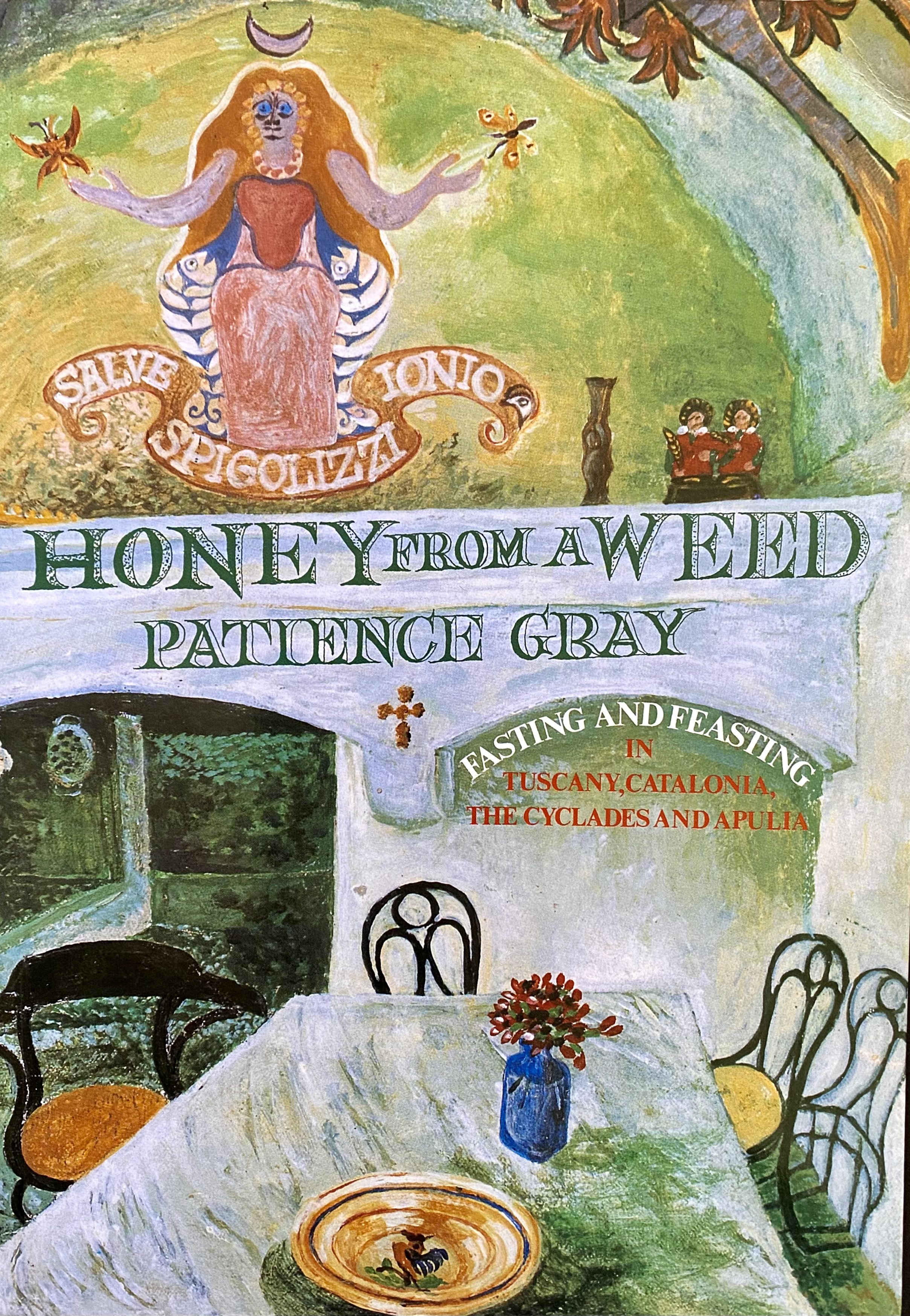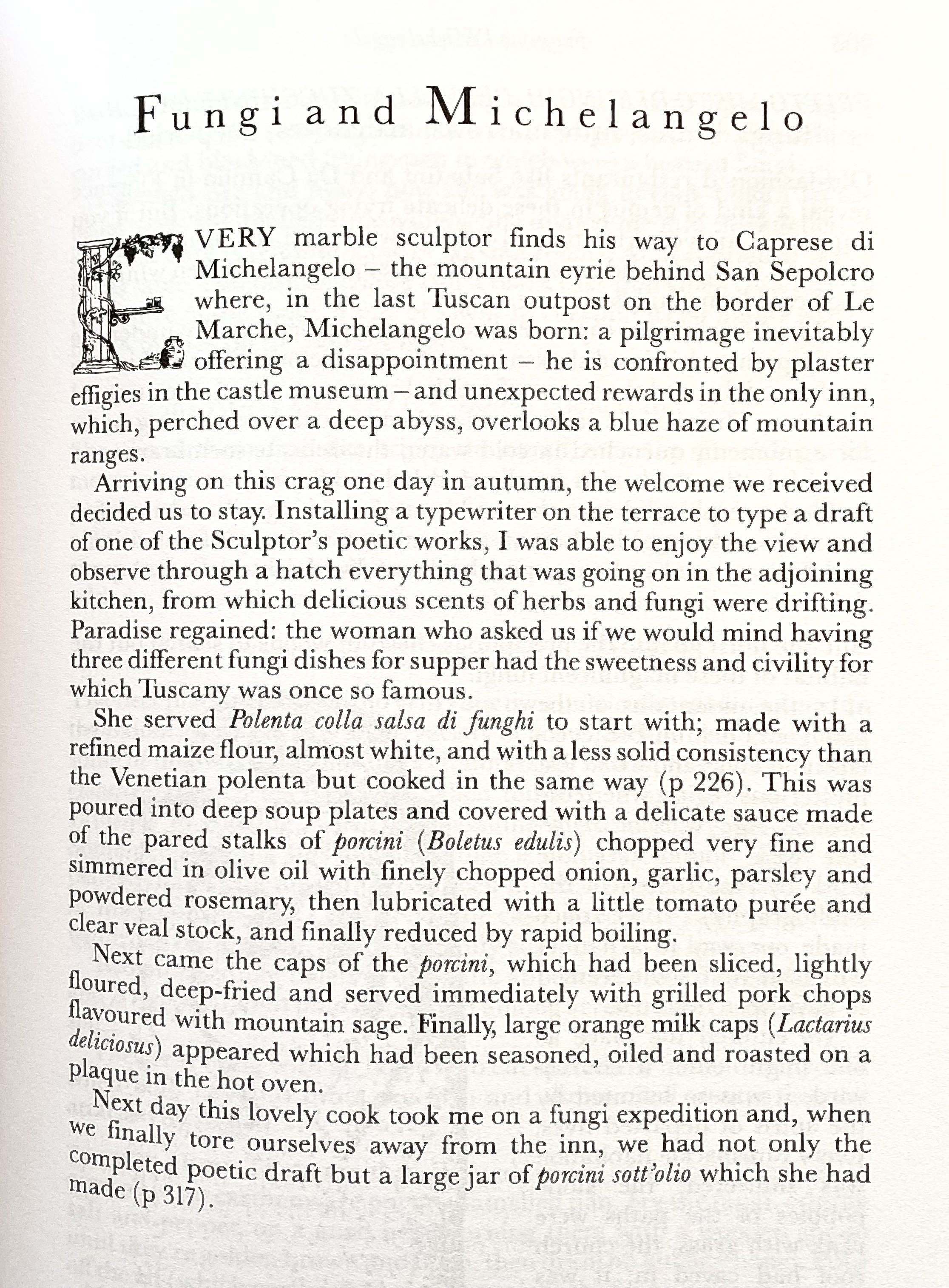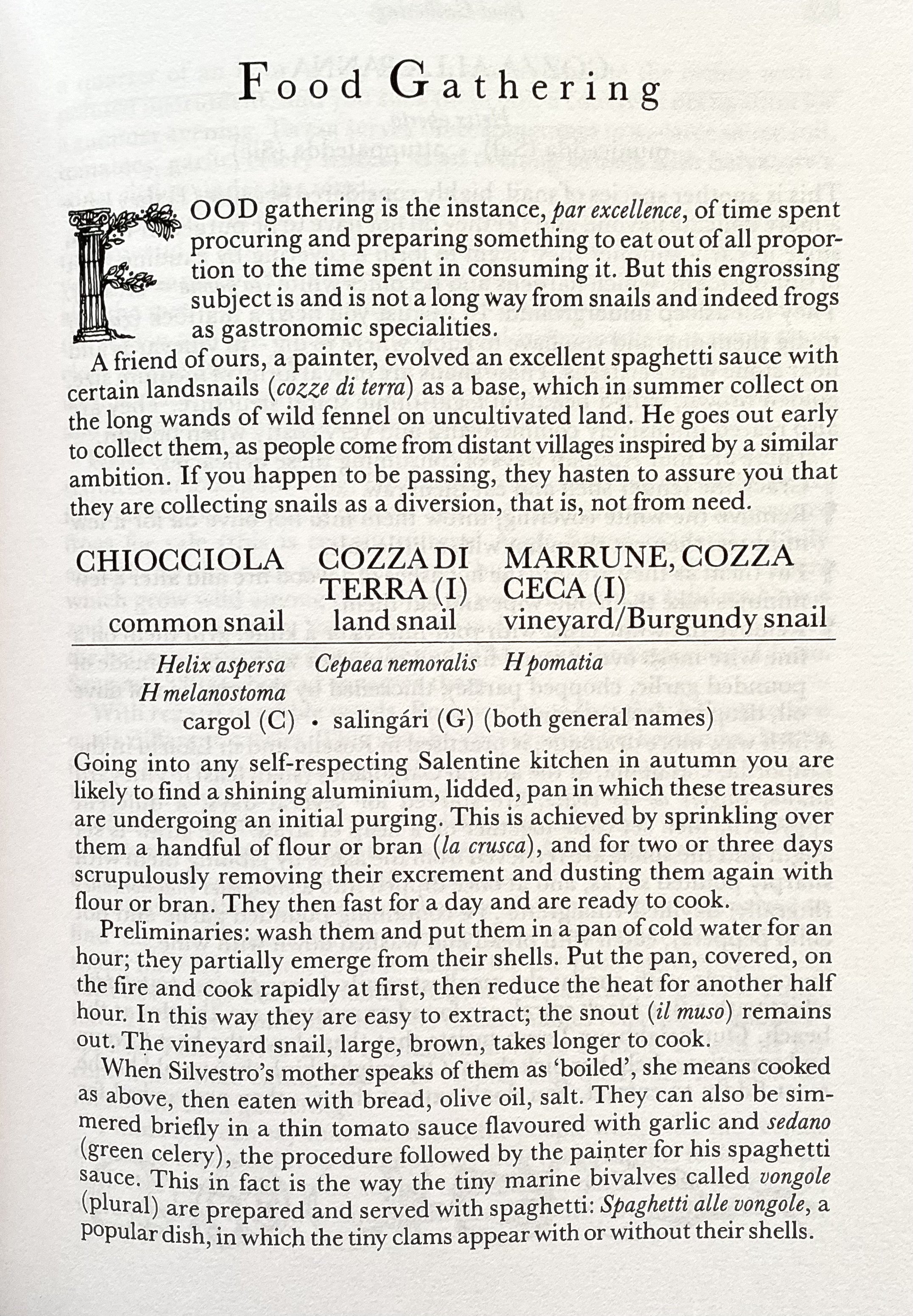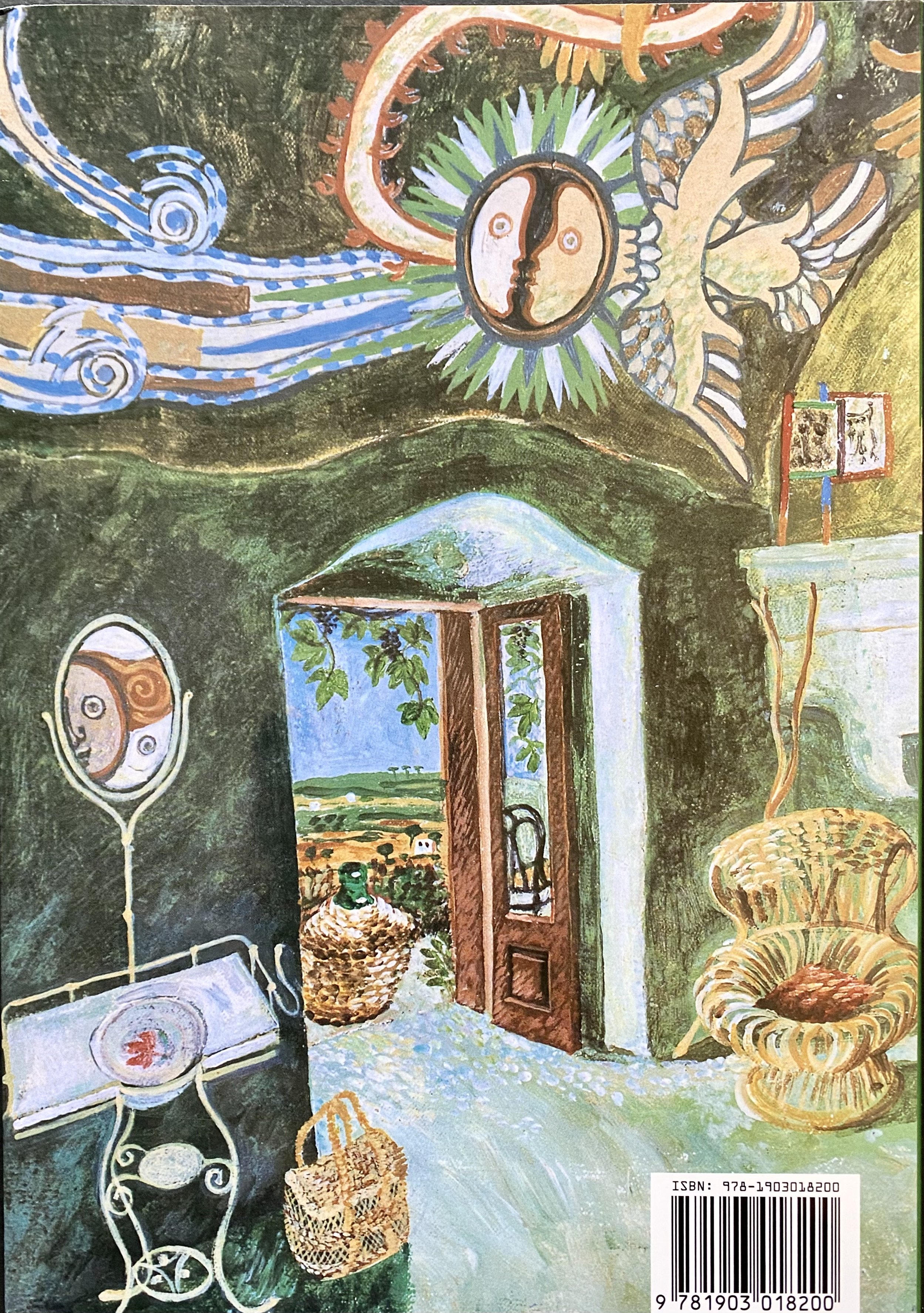 Image 1 of 4
Image 1 of 4

 Image 2 of 4
Image 2 of 4

 Image 3 of 4
Image 3 of 4

 Image 4 of 4
Image 4 of 4





Honey from a Weed: Fasting and Feasting in Tuscany, Catalonia, the Cyclades and Apulia
Within a few months of its first appearance in 1986 Honey from a Weed was hailed as a modern classic. Fiona MacCarthy wrote in The Times that, ‘the book is a large and grandiose life history, a passionate narrative of extremes of experience.’ Jeremy Round called Patience Gray ‘the high priestess of cooking’, whose book ‘pushes the form of the cookery book as far as it can go.’ …
Patience Gray was first known for the 1950s classic, Plats du Jour, but her greatest work was this passionate autobiographical cookery book Honey from a Weed. It is Mediterranean through and through, and as compelling as a first-class novel. First published in 1986, the book is now published in the original format, but with soft covers. She shared the life of a sculptor, Norman Mommens, whose appetite for marble and sedimentary rocks took them to Tuscany, Catalonia, the Cyclades (Naxos) and Apulia. These are the places which in turn inspired this rhapsodic text. Everywhere, she learned from the country people whose way of life she shared, adopting their methods of growing, cooking and conserving the staple foods of the Mediterranean. She described the rustic foods and dishes with feeling and fidelity, writing from the inside and with a deep sense of the history and continuity of Mediterranean ways.
Corinna Sargood’s drawings, in another dimension, evoke the underlying spirit of the book, which has to do with the landscape, people, art, imagination, as much as with fasting and feasting. (From the publisher)
Softcover, 375 pages. 6.75” x 9.5”
Within a few months of its first appearance in 1986 Honey from a Weed was hailed as a modern classic. Fiona MacCarthy wrote in The Times that, ‘the book is a large and grandiose life history, a passionate narrative of extremes of experience.’ Jeremy Round called Patience Gray ‘the high priestess of cooking’, whose book ‘pushes the form of the cookery book as far as it can go.’ …
Patience Gray was first known for the 1950s classic, Plats du Jour, but her greatest work was this passionate autobiographical cookery book Honey from a Weed. It is Mediterranean through and through, and as compelling as a first-class novel. First published in 1986, the book is now published in the original format, but with soft covers. She shared the life of a sculptor, Norman Mommens, whose appetite for marble and sedimentary rocks took them to Tuscany, Catalonia, the Cyclades (Naxos) and Apulia. These are the places which in turn inspired this rhapsodic text. Everywhere, she learned from the country people whose way of life she shared, adopting their methods of growing, cooking and conserving the staple foods of the Mediterranean. She described the rustic foods and dishes with feeling and fidelity, writing from the inside and with a deep sense of the history and continuity of Mediterranean ways.
Corinna Sargood’s drawings, in another dimension, evoke the underlying spirit of the book, which has to do with the landscape, people, art, imagination, as much as with fasting and feasting. (From the publisher)
Softcover, 375 pages. 6.75” x 9.5”
Within a few months of its first appearance in 1986 Honey from a Weed was hailed as a modern classic. Fiona MacCarthy wrote in The Times that, ‘the book is a large and grandiose life history, a passionate narrative of extremes of experience.’ Jeremy Round called Patience Gray ‘the high priestess of cooking’, whose book ‘pushes the form of the cookery book as far as it can go.’ …
Patience Gray was first known for the 1950s classic, Plats du Jour, but her greatest work was this passionate autobiographical cookery book Honey from a Weed. It is Mediterranean through and through, and as compelling as a first-class novel. First published in 1986, the book is now published in the original format, but with soft covers. She shared the life of a sculptor, Norman Mommens, whose appetite for marble and sedimentary rocks took them to Tuscany, Catalonia, the Cyclades (Naxos) and Apulia. These are the places which in turn inspired this rhapsodic text. Everywhere, she learned from the country people whose way of life she shared, adopting their methods of growing, cooking and conserving the staple foods of the Mediterranean. She described the rustic foods and dishes with feeling and fidelity, writing from the inside and with a deep sense of the history and continuity of Mediterranean ways.
Corinna Sargood’s drawings, in another dimension, evoke the underlying spirit of the book, which has to do with the landscape, people, art, imagination, as much as with fasting and feasting. (From the publisher)
Softcover, 375 pages. 6.75” x 9.5”